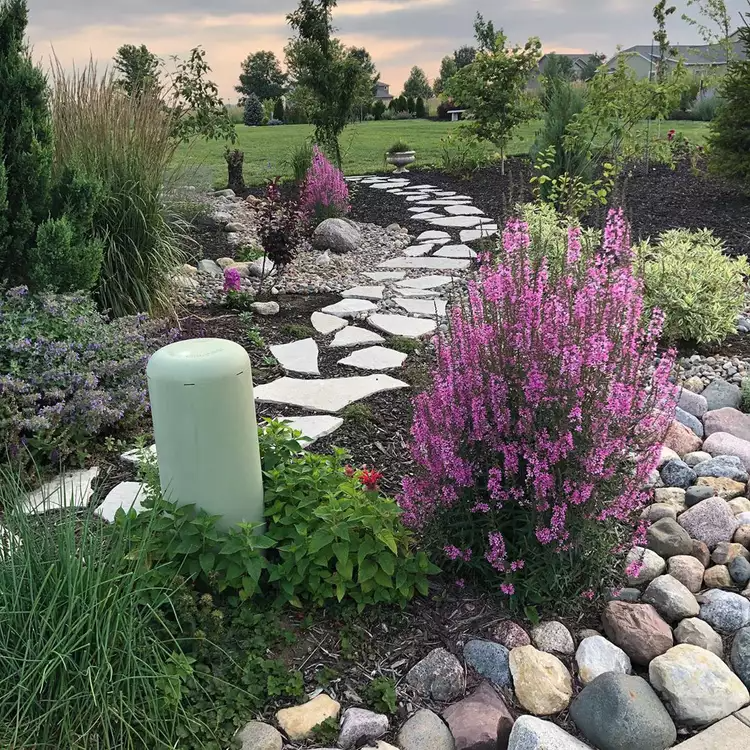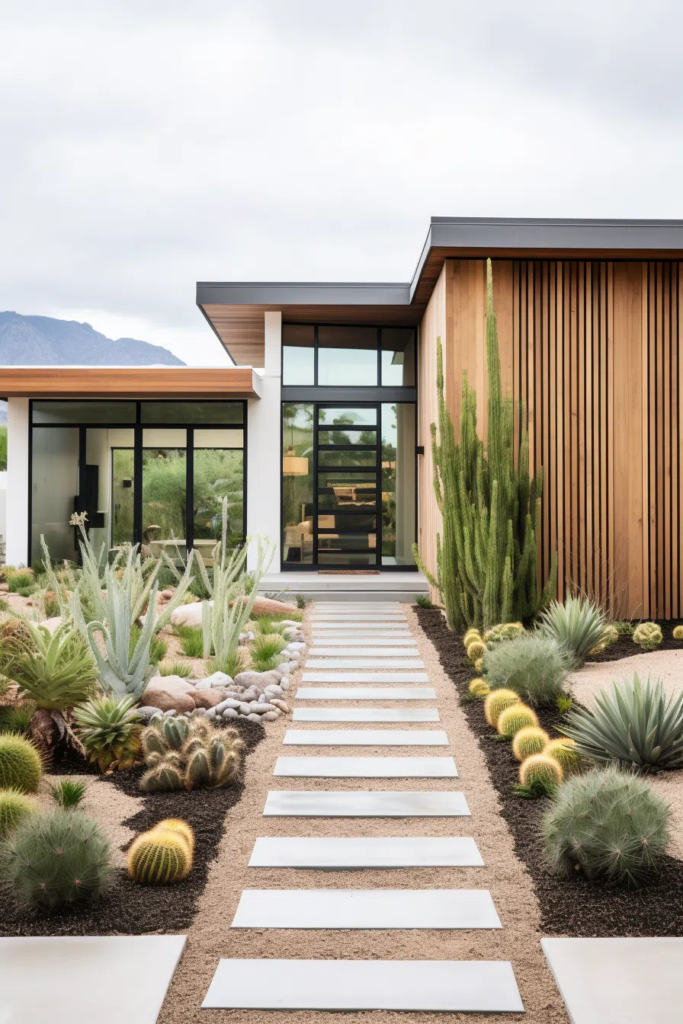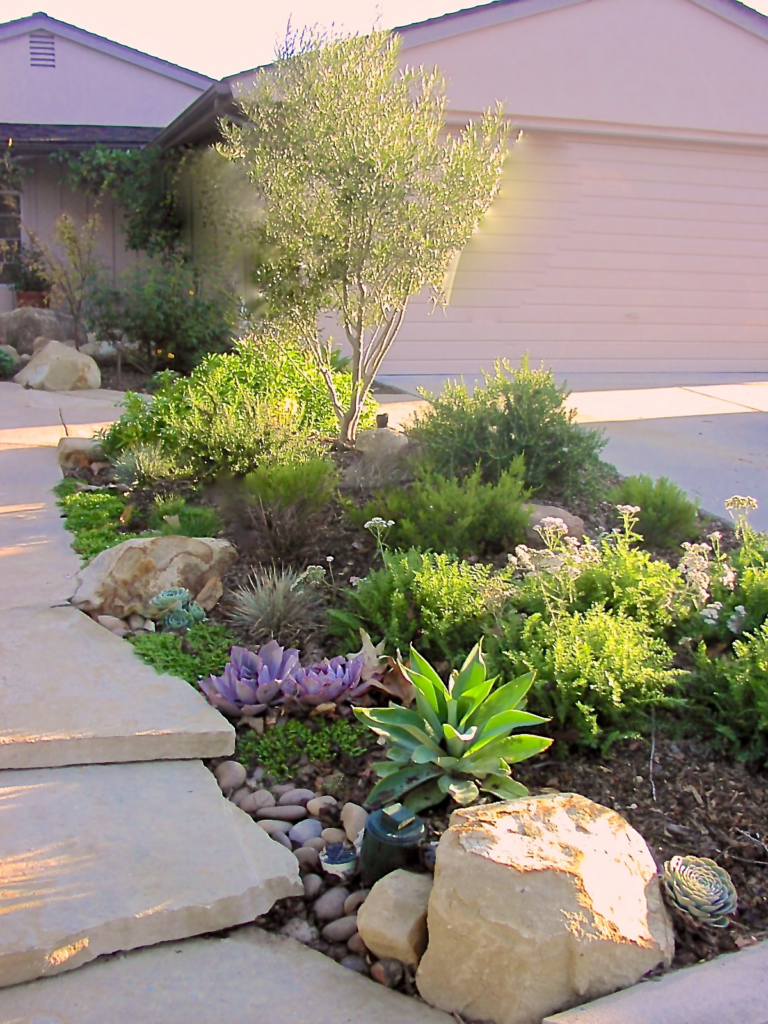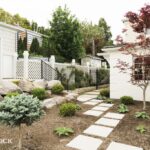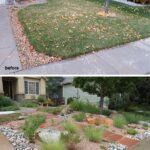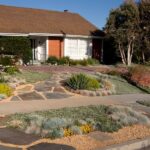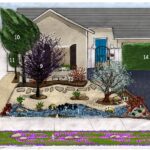Xeriscaping is a landscaping approach that focuses on creating beautiful and water-efficient yards. This type of landscaping is becoming increasingly popular in areas with limited water resources or where water conservation is a priority. One area of the home where xeriscaping can have a big impact is the front yard. By incorporating xeriscaping principles into your front yard design, you can create a stunning and eco-friendly outdoor space that requires minimal water and maintenance.
When planning a xeriscape front yard, it’s important to start by selecting drought-tolerant native plants. These plants are adapted to the local climate and soil conditions, making them more resilient in times of drought. By choosing plants that are well-suited to the environment, you can reduce the need for excessive watering and ensure the longevity of your landscape. Some popular drought-tolerant plants include lavender, sage, yucca, and succulents.
In addition to selecting the right plants, it’s important to group plants with similar water needs together. This will help to create a more efficient irrigation system and prevent overwatering or underwatering. When designing your xeriscape front yard, consider creating separate zones for high-water and low-water plants to ensure that each area receives the appropriate amount of water. By strategically grouping plants based on their water requirements, you can minimize water waste and promote the health of your landscape.
Another key component of xeriscaping is incorporating mulch into your front yard design. Mulch helps to retain moisture in the soil, reduce water evaporation, and suppress weed growth. By adding a layer of mulch around your plants, you can improve the overall water efficiency of your landscape and reduce the need for frequent watering. Organic mulches, such as wood chips or bark mulch, are particularly effective at retaining moisture and insulating plant roots from extreme temperatures.
Incorporating hardscaping elements, such as gravel pathways, rock gardens, or decorative boulders, can also enhance the visual appeal of your xeriscape front yard. These elements can add texture, contrast, and interest to your landscape design while reducing the need for watering and maintenance. By strategically placing hardscaping features throughout your front yard, you can create a cohesive and visually appealing outdoor space that complements the natural beauty of your drought-tolerant plants.
Overall, xeriscaping your front yard can help you create a sustainable and low-maintenance outdoor space that is both beautiful and environmentally friendly. By selecting native, drought-tolerant plants, grouping plants with similar water needs, incorporating mulch, and integrating hardscaping elements, you can create a xeriscape front yard that conserves water, reduces maintenance, and enhances the curb appeal of your home. With careful planning and design, you can enjoy a vibrant and thriving landscape that requires minimal water and resources to maintain.
